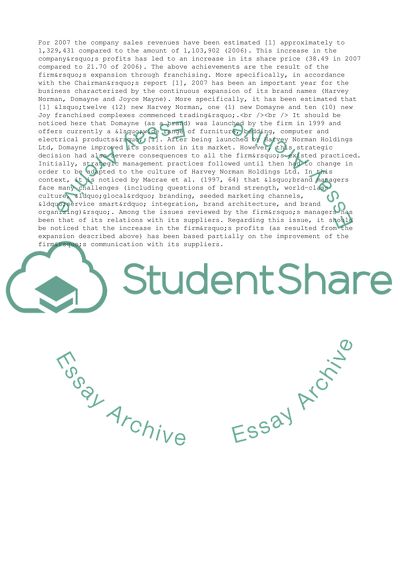Cite this document
(Organizational Performance and Analysis of Domayne Company Case Study, n.d.)
Organizational Performance and Analysis of Domayne Company Case Study. Retrieved from https://studentshare.org/business/1709578-channel-dyad-analysis-report
Organizational Performance and Analysis of Domayne Company Case Study. Retrieved from https://studentshare.org/business/1709578-channel-dyad-analysis-report
(Organizational Performance and Analysis of Domayne Company Case Study)
Organizational Performance and Analysis of Domayne Company Case Study. https://studentshare.org/business/1709578-channel-dyad-analysis-report.
Organizational Performance and Analysis of Domayne Company Case Study. https://studentshare.org/business/1709578-channel-dyad-analysis-report.
“Organizational Performance and Analysis of Domayne Company Case Study”, n.d. https://studentshare.org/business/1709578-channel-dyad-analysis-report.


